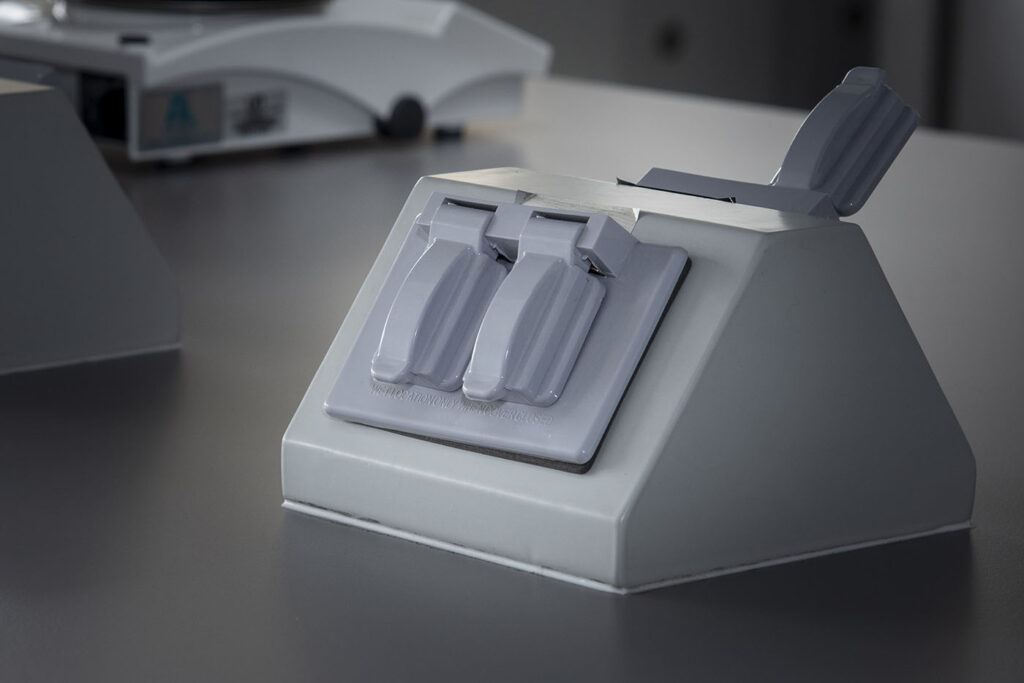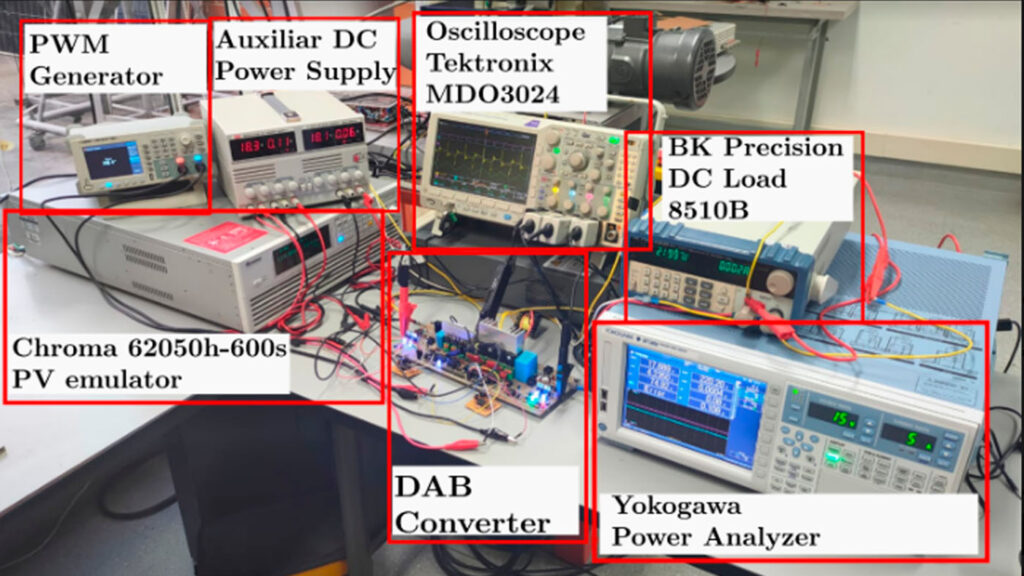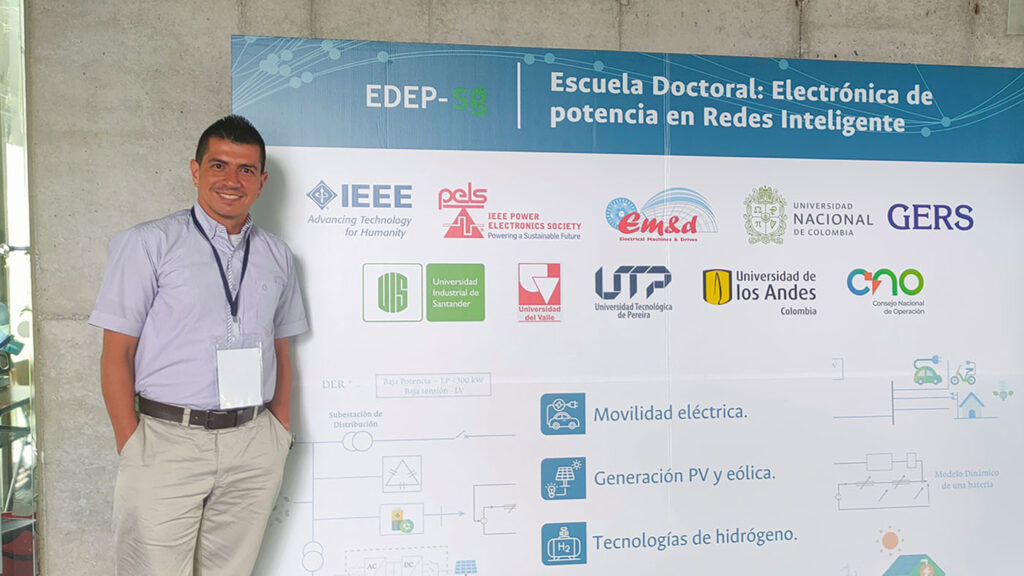Inspenet, May 14, 2023
The National University of Colombia (UNAL) in Manizales, has designed an electrical energy conversion system that would improve the efficiency of solar panels.
Today, the use of renewable energies is increasingly promoted, among which solar is one of the most projected in countries like Colombia. With this technology, solar panels take energy from the Sun and convert it into electricity, but only about 15% of it is used.
Elkin Edilberto Henao Bravo, PhD in Engineering (Automation Research Line) from UNAL Manizales Headquarters, explains that “improving the efficiency of solar panels allows us to reduce losses in the electrical system and thus have greater availability of energy from these devices. for its final disposition.

This is how the UNAL electrical energy conversion system works
Electrical energy conversion systems –known as a converter circuit– are a connection of electrical components such as capacitors, inductors, sources or storage, through which the energy from the solar panel passes to be converted into alternating or continuous electrical current and thus comply with the power supply.
The solar panels studied are the smallest or individual and are located in open spaces such as terraces, roofs or patios of a house.

These are used in conjunction with batteries, to turn on or charge electronic devices or automatically illuminate houses at night, that is, they do not require cable power to another electrical source.
In general, solar panels are manufactured to deliver power ranging from 45 to more than 800 watts depending on their size, although most deliver between 12 and 35 volts, enough to charge or turn on electronic devices such as cell phones, computers, or light bulbs.
“This is a problem that can be solved locally, but that has an impact nationally and even internationally. That is why it is sought that these renewable electrical energies offer isolated solutions during an episode with a greater impact such as blackouts or storms”, says the expert.

Looking for more efficiency
After applying a series of equations and variables, the engineer determined that the solution to the supply of electrical energy occurs especially in the converters, for which he used a power converter (DAB) that maintains a direct current voltage output, plus higher than its input, to manipulate the energy generated by the solar panel.
“It is common that to increase the voltage the solar panels are connected in series (one followed by the other), and to increase the energy power they are placed in parallel (one in front of the other); However, these connections can present problems such as mismatching (mismatch), that is to say that there is not an equal irradiation and temperature for all the panels, which can cause damage between them, something similar to what happens when the panels begin to be damaged. Christmas lights,” he explains.

For this reason, he proposes a connection of panels in a distributed structure (MPPT), which refers to the circuit that allows the maximum amount of energy to be extracted from each panel, a potential that can be stored in banks of lead-acid batteries -such as those of cars– or lithium-ion to guarantee the stability of the electrical network.
Since it is necessary to use batteries, he also proposes using a charger/discharger based on a Zeta/Sepic circuit, which allows the batteries to store excess energy and deliver it when the panels run out. In this way, a stable electrical network can be guaranteed that allows the final use of energy at all times.
The expert indicates that “in the energy storage phase, the Zeta/Sepic circuit must be controlled so that the batteries deliver or receive energy when it is required.”
“It must also allow stand-by operation, that is, when the batteries are neither charged nor discharged, which occurs when there are no connected devices asking for power and the panels do not produce power, as can happen at night.”

The simulation of the circuits and their controllers was developed under a paid license program for the analysis of electrical power circuits that includes solar panels and batteries; the experiments were carried out in the Laboratory of Electronics and Renewable Energies of the High Quality University Institution ITM of Medellín.
The research is part of the project “Dimensioning, planning and control of electrical systems based on non-conventional renewable sources, storage systems and fuel cells to increase access and energy security of Colombian populations”, attached to the program “Strategies for the development of sustainable, reliable, efficient and affordable energy systems for the future of Colombia”, financed by the Ministry of Science, Technology and Innovation, the ITM, the Universidad del Valle and the UNAL.
Source and photos : https://agenciadenoticias.unal.edu.co/detalle/novedoso-sistema-le-saca-provecho-hasta-el-ultimo-vatio-que-producen-los-paneles-solares
Don’t miss the Inspenet News at: https://inspenet.com/inspenet-tv/


